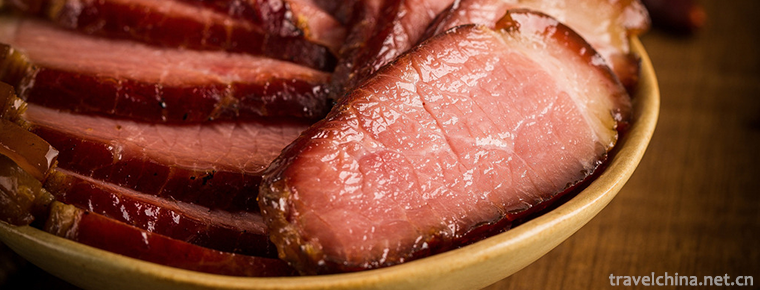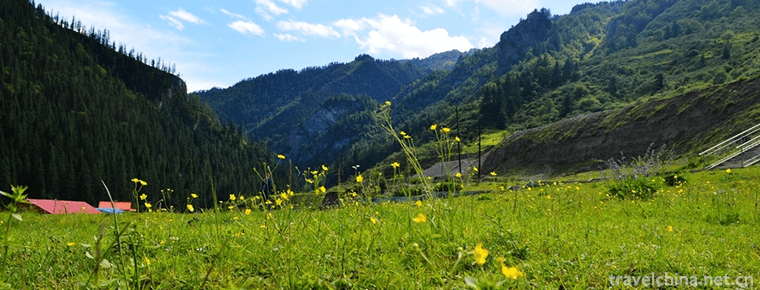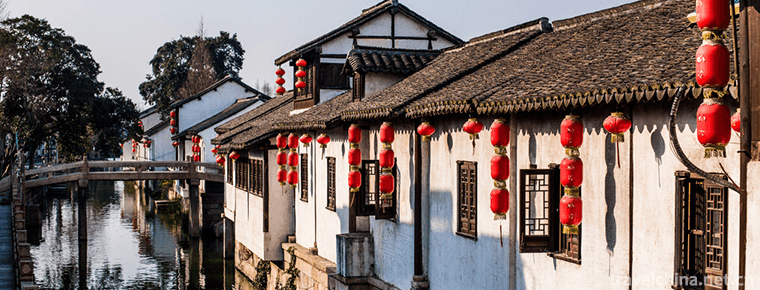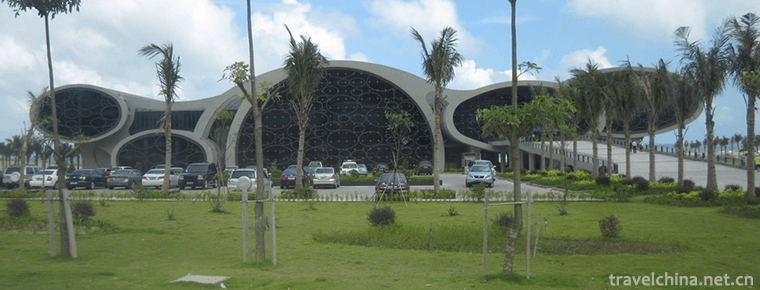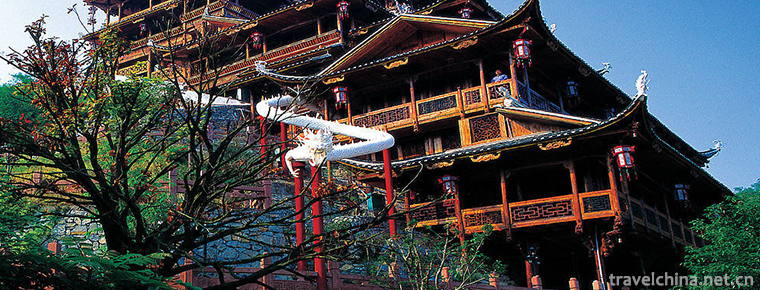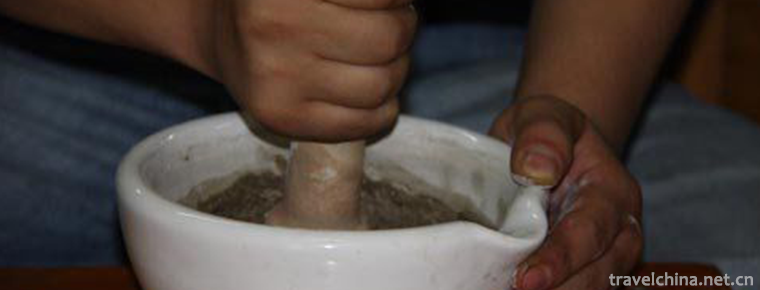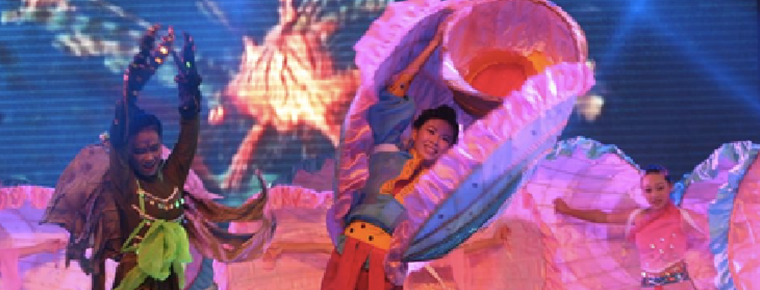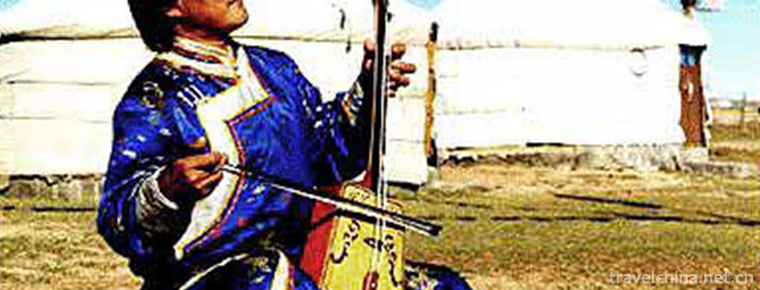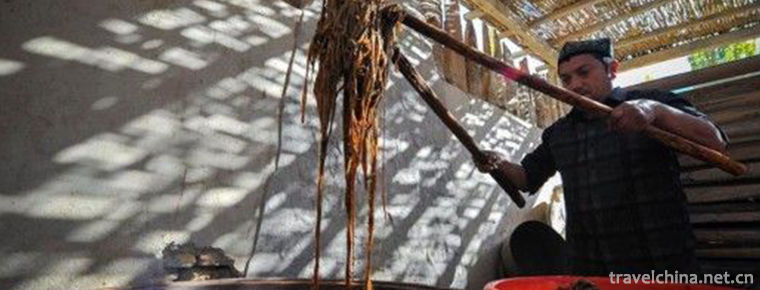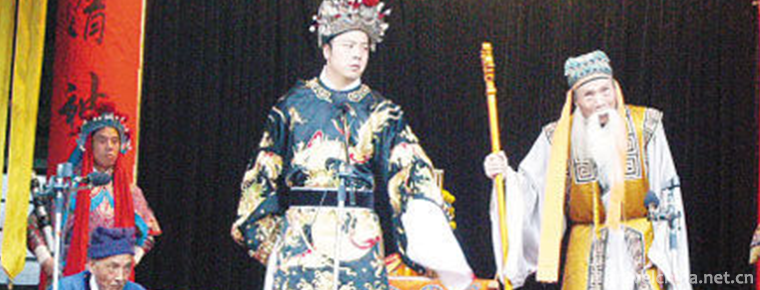Legend of Anima Qingxueshan
Legend of Anima Qingxueshan
The Legend of Anima Qing Snow Mountain refers to the legendary Anima Qing Mountain God, who is a powerful and upright God riding a high-headed white horse, holding a Mani bag (a treasure). In the minds of Tibetans, Anima Qingxueshan is the Taoist site of Guanyin Bodhisattva and the head of the four God mountains in Tibet. He responds to all requests, especially for pilgrims who come from afar. It is said that Anima Qingshan belongs to horses. Every Lunar New Year, all the gods in Tibet gather in Anima Qingshan, turning mountains here and worshipping in horse years is tantamount to worshipping all the God mountains. The merit of thinking.
On May 23, 2011, the "Anima Qingxueshan Legend" declared by the Golo Tibetan Autonomous Prefecture of Qinghai Province was approved by the State Council as the third batch of intangible cultural heritage.
historical origin
Legend has it that Anima Qingshan belongs to horses. Every lunar year, all the gods in Tibet gather in Anima Qingshan. In the year of horse, turning to mountains and worshipping them is tantamount to worshipping all the God mountains. It has incredible merits.
primary coverage
According to ancient Tibetan folklore, the Anima Qingshan God was one of the earliest nine heavenly thrones in the Tuchun kingdom, one of the eight sons of Budaigongjia, one of the nine mountain gods sacrificed by Tibetan ancestors in successive dynasties. The Anima Qingshan God lived in the northeastern part of the Qinghai-Tibet Plateau. The chief minister of Anima Qingshan God lived in the northeastern part of the Qinghai-Tibet Plateau, where the people's life and death and all mountain gods and It is the earliest and largest mountain god here, so it is honored as "Majia", that is, the King of Mars. It is also the ancestor god, God of war and God of protection of Tibetans. According to legend, the Anima Qingshan God wore a red cap, silver armour, riding on the Jade Dragon White Horse, holding a spear in his right hand, holding a flag in his left hand, hanging a sword at his waist and hanging an arrow with a bow. Day patrols the void and the world, clouds and rains, thunder and lightning, or good luck, or disaster, rewards and punishments, monitoring the enemy. Gather ghosts and gods at night and send missions.
There are 360 relatives of Anima Qingdashan god, including nine Houni and nine sons and nine daughters, and another 1500 God generals and servants. They live in palaces built of gold, jade and precious stones in the upper, middle and lower levels respectively. Tigers, wolves, jackals and bears watch their dogs, while bison, rock sheep and deer musk deer are their livestock. In addition, Anima Qingshan gods have different gods in all directions to defend fortresses, battalions for dozens of miles, flags covering the sky, swords like forest. Local residents can point out the names of these gods one by one. There are many glaciers, ice caves and spring pools, which are regarded as the treasure house of mountain gods and the prison for punishing gods and ghosts. Tibetan Buddhism believes that Anima Qingshan god, who has accepted Buddhist precepts, devoted himself to practice and disregarded human customs, has gained the position of Buddhist ten places and only visited this mountain once in the year of monkeys.
Inheritance status
Anima Qingshan God is also the God of wealth in Tibetan hearts. He is the fruit of Bodhisattva in ten places. Every year, almost all Tibetan businessmen come here to worship and pray for prosperous business and billowing financial resources.
Tibetan sages once described the merits of Anima Qingshan as follows: as long as we provide sincerely, all the good wishes in our hearts can be realized, and all the bad things can go away from us. Whether you are seeking a career, marriage, family, health and other people's blessings, or seeking relief, Buddha, you can do so.
Legend has it that he is also the Soul Mountain of the Tibetan hero King Gesar. Every year, a large number of pilgrims climb mountains, wade through rivers and wind meals to worship piously before sleeping in the open air.
Inheritance significance
Animaqing Snow Mountain is also one of the top ten snow mountains open to the outside world in China. Tibetan Animaqing Snow Mountain means Tibetan Snow Mountain. Every year, many Tibetan compatriots and Chinese and foreign tourists come here to visit, worship and explore the mountains. Compared with many scenic spots polluted by human development, it is clean, primitive and sacred.
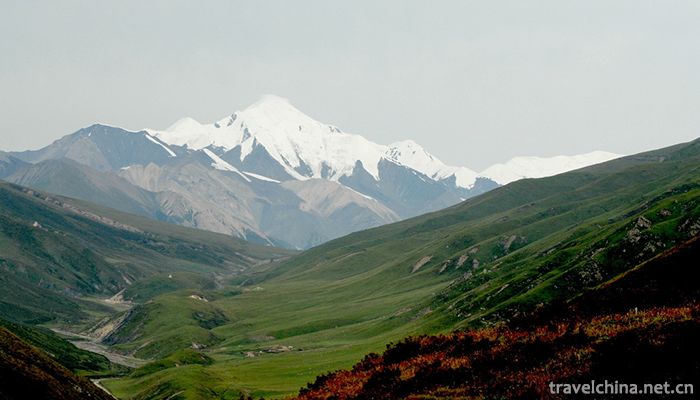
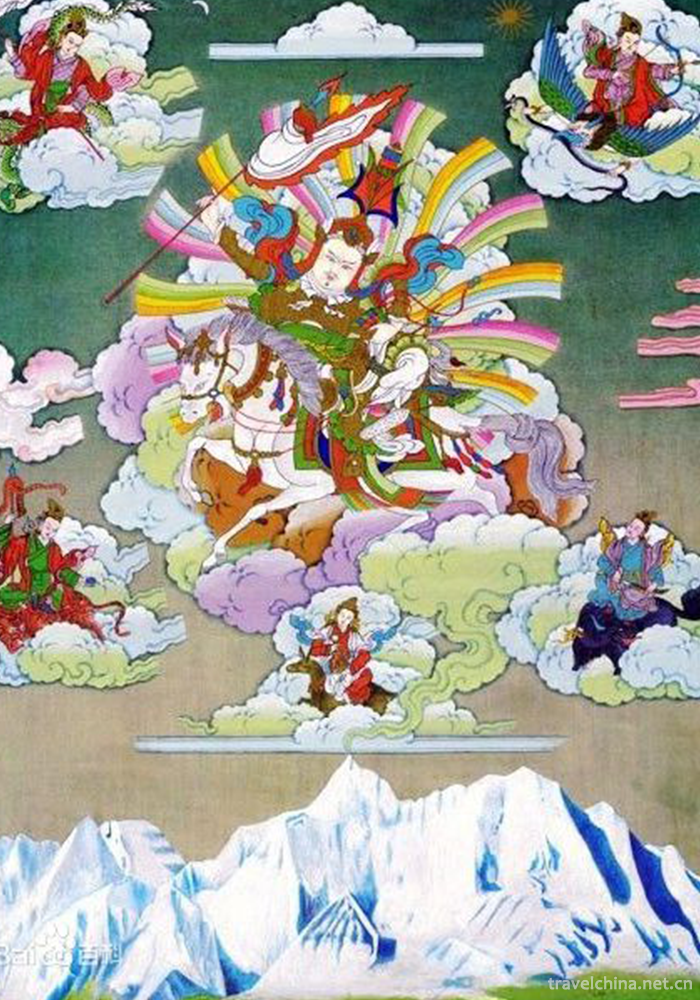
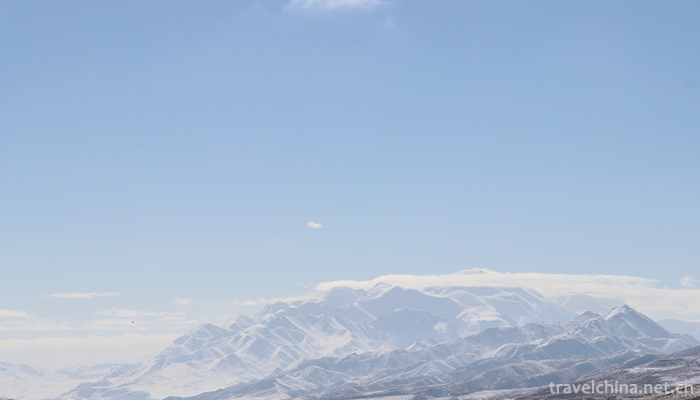
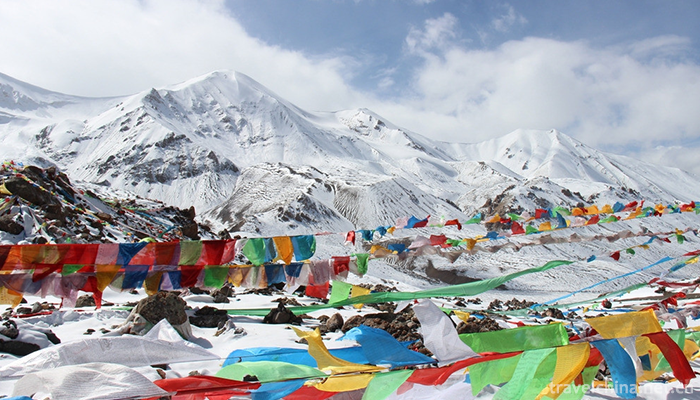
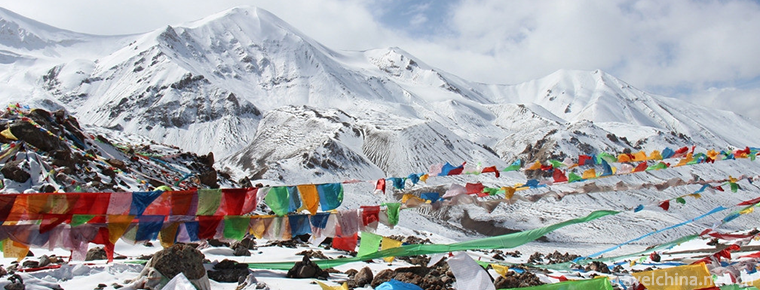
Legend of Anima Qingxueshan
-
Dayugou Scenic Area
Dayugou Scenic Area is located in Dayugou, Muer Township, Zhuoni County, Gannan Tibetan Autonomous Prefecture. It is 12 kilometers away from the county seat and has a total area of 105214.6 hectares.
Views: 200 Time 2019-01-07 -
fengjing ancient town
Fengjing Ancient Town, which belongs to Jinshan District of Shanghai, is located in the southwest of Shanghai and borders five districts and counties of Shanghai and Zhejiang. It is the most important
Views: 134 Time 2019-01-12 -
Guangdong Marine Silk Road Museum
The Guangdong Marine Silk Road Museum is located on the "Shili Silver Beach" of Hailing Island Experimental Development Zone, Yangjiang City, Guangdong Province. The total construction area
Views: 140 Time 2019-01-13 -
Tujia Style Garden
Zhangjiajie Tujia Style Park is located in Zhangjiajie City, a beautiful pearl. The Park covers an area of more than 80 mu with a total investment of 75 million yuan. It is a large-scale
Views: 190 Time 2019-02-22 -
Production Techniques of Tibetan Mineral Plant Pigments
Since the emergence of human beings, mineral pigments have been accompanied by human beings. Mineral pigments were first used to draw murals
Views: 224 Time 2019-04-09 -
Stories of Marine Animals
Marine animal stories are mainly handed down orally. The traditional folklore stories circulated in the islands for a long time have been formed and disseminated in Dongtou
Views: 309 Time 2019-05-02 -
Mongolian Matouqin Music
Horsehead Qin is a typical representative of Mongolian music culture. Whether it is its shape, production material, sound quality, timbre, music expression style and performance method, it embodies th
Views: 152 Time 2019-06-05 -
Uygur Mulberry Paper Making Skills
Uygur mulberry paper takes mulberry branch endothelium as raw material, mulberry branch endothelium is sticky, smooth and delicate, easy to process, after exploitation, soaking, pot boiling, pounding,
Views: 150 Time 2019-06-28 -
Lotus in Wenzhou
Wenzhou lotus is a local opera evolved from Wenzhou Taoism, and it is also one of the main operas in Zhejiang Province. It has spread to Wenzhou (including the counties under its jurisdiction) and par
Views: 124 Time 2019-06-28 -
Revenue and expenditure of Mianyang
In 2019, Mianyang's general public budget revenue will reach 13.115 billion yuan, an increase of 5.3%; general public budget expenditure will reach 45.334 billion yuan, an increase of 11.1%. The balance of RMB deposits in financial institutions was
Views: 195 Time 2020-12-14 -
Location of Yibin
Yibin City is located in the south of Sichuan Province, at the junction of Sichuan, Yunnan and Guizhou provinces, and the confluence zone of Jinsha River, Minjiang River and Yangtze River. It spans 27 ° 50 '- 29 ° 16' n and 103 ° 36 '- 105 ° 20' E. The cit
Views: 383 Time 2020-12-18
